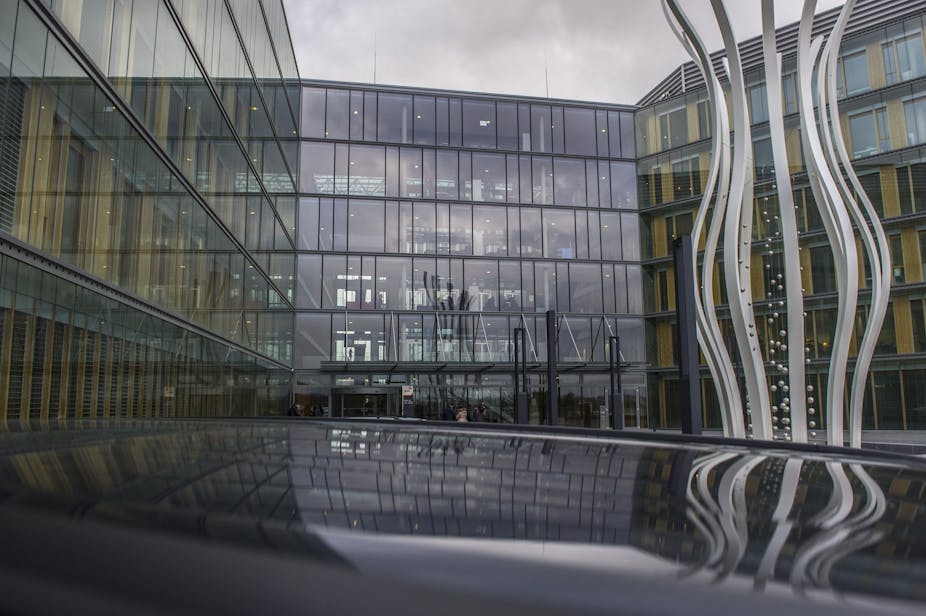Hundreds of advance tax agreements between Luxembourg and more than 300 taxpayers were leaked and published by the International Consortium of Investigative Journalists last week. The taxpayers involved include multinational enterprises (MNEs) like Amazon, IKEA and Pepsi, and also – possibly to the embarrassment of the government - Australia’s Future Fund.
Advance tax agreements are common practice in many countries. For example, the Australian Tax Office regularly issues advance tax rulings to taxpayers clarifying and confirming tax implications of a particular transaction. This practice is often regarded as good tax administration as it provides certainty to taxpayers. However, last week’s leaks reveal Luxembourg is routinely providing favourable advance tax agreements allowing taxpayers to pay minimal tax.
Typical tax avoidance structures
Using a group finance company in Luxembourg is one of the most common tax-avoidance techniques for MNEs.
A typical structure involves a subsidiary incorporated in Luxembourg with the sole purpose of lending money to its sister companies. Funds are often raised at interest rates reflecting the credit rating of the corporate group, for example, at 1%. The subsidiary then lends the money to its group companies in high-tax countries (like Australia) at, say, 9%. The interest payments made by the Australian group company effectively erode the tax base in Australia.
The subsidiary in Luxembourg is often subject to very low effective tax rates due to the country’s preferential tax regime for group finance companies. This means the tax structure creates deductions in high-tax countries like Australia from internally generated interest expenses, but the interest payments are subject to a much lower tax rate in Luxembourg.
Harmful tax competition – the other side of tax avoidance
Use of tax havens in international tax-avoidance structures is not new. Over the past 60 years, globalisation and the rapid advance of communications technology have contributed to the substantial growth and use of tax havens.
The Luxembourg leaks highlight a critical issue in the reform of international tax rules. A couple of prominent tax scholars recently wrote: “MNE tax avoidance is just the flipside of harmful tax competition.” MNEs cannot easily minimise their tax liabilities without the vast array of “preferential” tax regimes available in different countries.
Luxembourg is just one of the many countries that are willing to facilitate tax avoidance of MNEs. It is not just small countries that are willing to do so.
Apple’s international tax structure revealed the United States has been knowingly facilitating its MNEs to avoid foreign tax through a glaring loophole in its tax law. The United Kingdom recently introduced changes to make it one of the most preferential tax regimes for MNEs to locate their intangibles. These measures were introduced to allow the UK to better compete with tax havens.
Both developed and developing countries often strive to have a “competitive” tax system to attract investment. Recent tax reforms in most countries are driven primarily by the tax policy objective of competitiveness. Yet where should we draw the line between acceptable and unacceptable tax competition?
A lesson from tax history
In 1998, the OECD attempted to address the issue of harmful tax competition and tax havens. It initially identified nearly 50 “potentially harmful” preferential tax regimes in OECD countries and compiled a list of tax havens.
However, the scope of the project was scaled back significantly in 2001. This was in response to pressure from the US Congress, which threatened to deny funding for the OECD if it continued the project in its prevailing form. The result is that most tax havens survive and continue to facilitate tax avoidance.
Harmful tax competition is now one of the key action items of the OECD/G20 Base Erosion Profit Shifting Project. The final proposal is due from the OECD by the end of 2015. Its highly political nature renders prediction of the outcome almost impossible.
However, countries like Australia need not despair. Defensive measures are available to tackle harmful tax regimes if the government has the political will to do so. For example, tax rules can be introduced to deny deductions of payments made to tax havens.
The importance of transparency
Another important issue highlighted by the leaks is the importance of transparency. The leaks not only reveal the extensive use of Luxembourg for tax avoidance but also demonstrate the power of information. Extensive media coverage now places Luxembourg under intense political pressure to reform its tax laws.
Major tax reform is always political. It is difficult to predict whether any meaningful reform will occur in Luxembourg as a result of the leaks. However, the recent developments in Ireland – another notorious tax haven in the European Union – give hope. Following extensive media exposure of the international tax structures of Apple and other US MNEs, the Irish government finally succumbed to political pressure and announced it would change tax laws to close the “double Irish” loophole.
The present level of public anger and political will to tackle tax avoidance by MNEs is rare in the history of taxation. Media exposure like the Luxembourg leaks plays a critical role in informing the public and maintaining political momentum.
The G20 Brisbane meeting will endorse the OECD work on its Base Erosion Profit Shifting Project. One of the key endorsements will be of the country-by-country reporting regime. Under these changes, a MNE will have to disclose to tax authorities its income, taxable profits and taxes paid in each of the countries that it operates. This regime, if properly designed, will significantly enhance the ability of tax authorities to identify global tax-avoidance structures.

